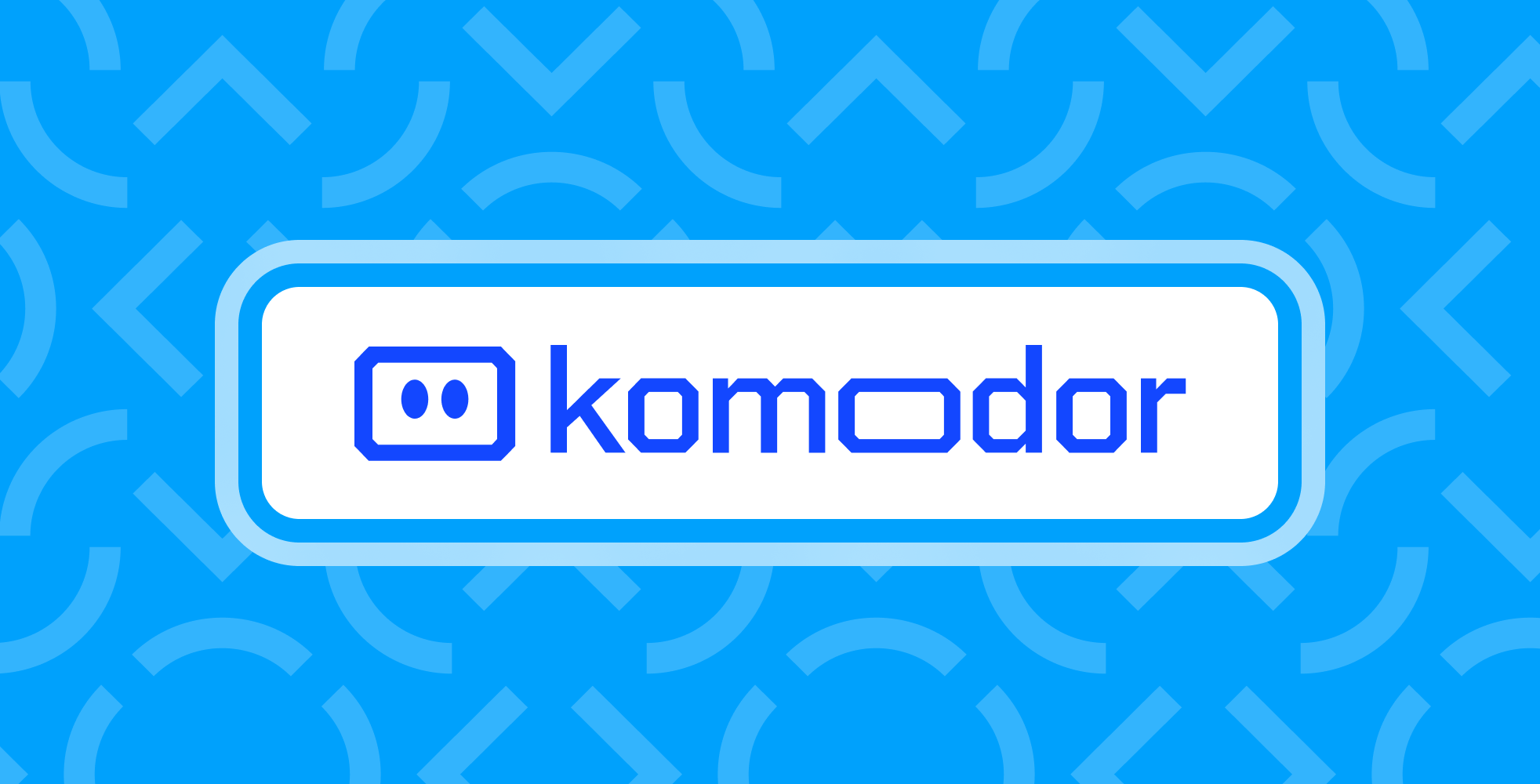Kubernetes Troubleshooting
2 min read

Kubernetes is a container orchestration platform that automates the scaling, deployment, and operation of application containers. It also monitors containers and nodes for failures, replacing them as needed to minimize downtime. Kubernetes can automatically adjust application resources based on usage metrics or other custom criteria to handle load efficiently. Given its complexity and multiple components performing various functions, issues can arise frequently, making Kubernetes troubleshooting challenging.
Troubleshooting in Kubernetes involves identifying and resolving issues within the cluster. This process demands extensive knowledge of Kubernetes architecture and its components. The system's complexity necessitates effective communication and collaboration within the team to troubleshoot issues successfully.
Troubleshooting: The Challenges
Complexity: Due to its intricate architecture and numerous components, pinpointing the root cause of an issue in Kubernetes can be difficult.
Dynamic Environment: Kubernetes environments are continuously evolving, with pods being created, destroyed, and rescheduled. This dynamism complicates troubleshooting efforts.
Learning Curve: Kubernetes has a steep learning curve, making it challenging to diagnose and resolve issues without substantial expertise.
Logging and Monitoring: The complexity and variability of Kubernetes architecture make it challenging to set up and maintain effective logging and monitoring tools.
Solution: Komodor

Komodor simplifies Kubernetes cluster management and troubleshooting by monitoring all cluster resources. It provides a centralized, simplified overview of critical cluster information, aiding in rapid problem identification.
Komodor: Simplifying Troubleshooting
Auto Detect: Komodor continuously monitors the Kubernetes environment, allowing for early detection of threats or issues.
Triage: Rapidly assess the severity and type of a problem to decide whether to investigate further, escalate, or dismiss it.
Remediate: Komodor offers actionable recommendations, making it easier to troubleshoot issues, even for those with limited Kubernetes knowledge.
AI Log Analysis: Integrated with OpenAI, Komodor utilizes AI to analyze logs and provide root-cause analysis, along with tailored recommendations. This feature reduces the time spent analyzing extensive logs and helps users resolve issues efficiently.
Conclusion
Troubleshooting Kubernetes is inherently complex but manageable with sufficient knowledge, teamwork, and the appropriate tools. Mastery of Kubernetes troubleshooting requires time, patience, and continual learning. Each issue encountered should be viewed as an opportunity to enhance skills and knowledge.
Shoutout to Komodor for collaborating with me on this blog.